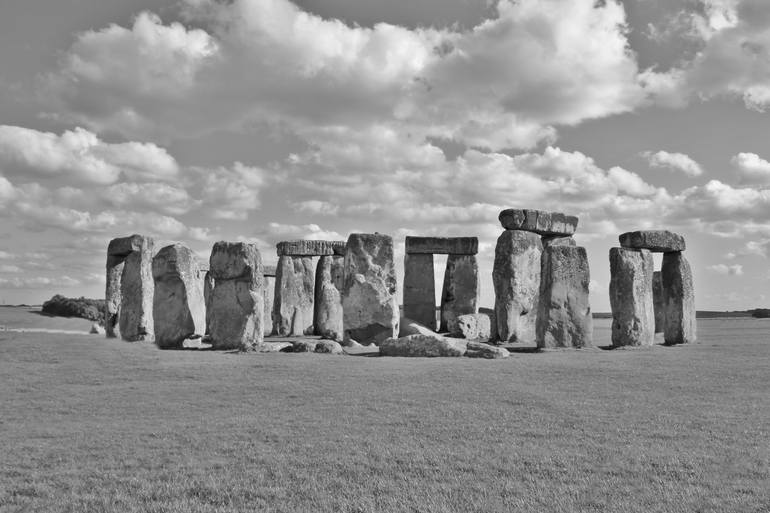Kilmartin Glen in Argyll, long forgotten for generations, is one of Britain’s most significant archeological landscapes, but few people are aware of its existence.
To the untrained eye, the scenery appears devoid of life and narratives when one travels through the Argyll hills northwest of Glasgow, yet this is only the case when civilization is removed.
Kilmartin Glen’s vast width is visible when the route curves northward out of Lochgilphead village and passes over Loch Fyne. This was the Scotland that the monarchs of the ancient Gaelic country Dál Riata saw in the sixth and seventh centuries. The elevated bogland welcomes visitors with rumpled hills, meadows inhabited by Blackface sheep, and woodlands filled with deeply rooted oak trees.
However, upon closer inspection—much closer still, as the route meanders northward to the harbor town of Oban—it is evident that Kilmartin Glen is a location steeped in history. Because this is the location of the densest concentration of rock art sites in all of Britain, with over 800 ancient artifacts at the last count, as well as a prehistoric collection of henge monuments, burial cairns, standing stones, cist chambers, and stone circles.
This multiplicity predates the arrival of the Romans and Greeks, the construction of the earliest pyramids approximately 4,700 years ago, and the construction of Stonehenge, the other major prehistoric structure in Britain. Numerous archaeologists and antiquarians have interpreted Kilmartin Glen differently, yet they all concur that it is one of Britain’s greatest treasures.
Yet the strangest thing is that most people have never heard of it.
What you’re seeing has 4,000 years of heritage and, though hard to imagine now, was once a spot of burial and ritual – Dr Aaron Watson
The village farmer on a quad bike and cows trampled the Neolithic hunter-gatherer route that we padded out of the museum along. “Unlike so many heritage sites on this scale, everywhere is open and waiting to be discovered,” Watson said. Archaeologists are accustomed to the way the landscape has been layered throughout time, but it can be more difficult to comprehend for outsiders. Thus, despite being difficult to comprehend now, what you’re witnessing has 4,000 years of history and was formerly a place of ceremony and burial.”
Wearing a waterproof and windproof jacket, Watson barely looks like a Scottish Indiana Jones. He has been working in Kilmartin Glen since the mid-1990s and is a passionate guide to Argyll’s treasure trove of prehistoric tales. His joy in what many would consider to be ordinary stones worn smooth by wind and weather was contagious. He gave fresh meaning to the landscape with nearly every stride.
We talked about ancient life and death rites at Kilmartin Glebe Cairn, one of five massive burial mounds that constitute a long linear cemetery in the glen. We discussed the spiral patterns cut into the rock at Temple Wood Stone Circle, which is located further along our route and precedes King Tutankhamun’s tomb. I then posed the inevitable inquiry at a group of standing stones that were aligned, resembling giants’ dominoes: why were the 3 m-tall monoliths placed here in the first place?

“To be blunt, there are so many things we still don’t know,” replied Watson. “But the more I work here, the more I notice and the more ideas we find. It’s the glen that keeps on giving.”
Finally, we descended inside the stone burial chamber of Nether Largie South Cairn, an ancient memorial that sits like a dimple in the landscape, and discovered a whole new universe of omens, hints, and hidden meanings.
Watson explained, “This is the archaeology of sensory experience,” as we squirmed inside the 5,000-year-old tomb. “The variations in light are visible. Listen to the reflections. This is not a pile of pebbles. This is perhaps an ancient transdimensional place where the living can change into something else. And it is our responsibility to revive tales like this.” The silence was what got to me the most.
Although there is a distinct feeling of being propelled through Kilmartin Glen by the passage of time, many of these archeological marvels have only lately been discovered. Although the location has long piqued the curiosity of antiquarians, it wasn’t until the 1960s that two local volunteers, Marion Campbell and Mary Sandeman, conducted the first archaeological study in the area.




